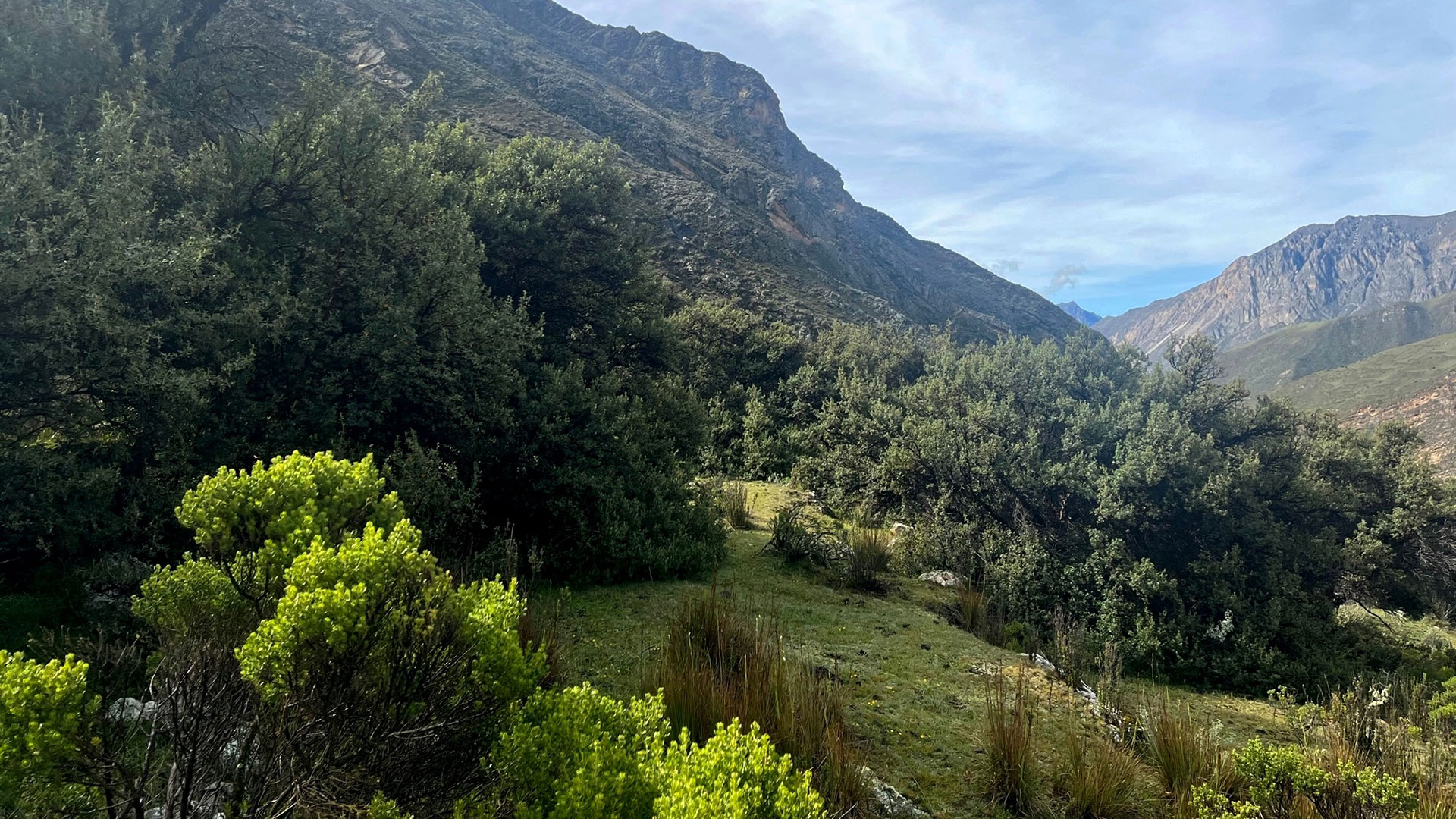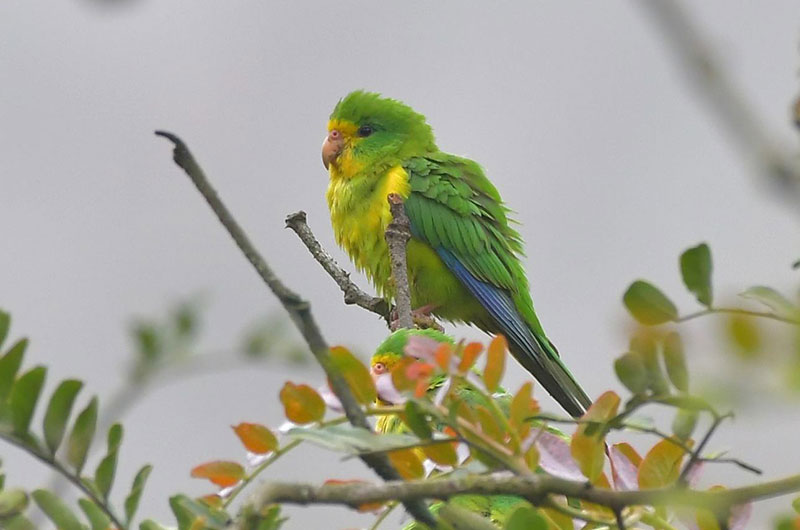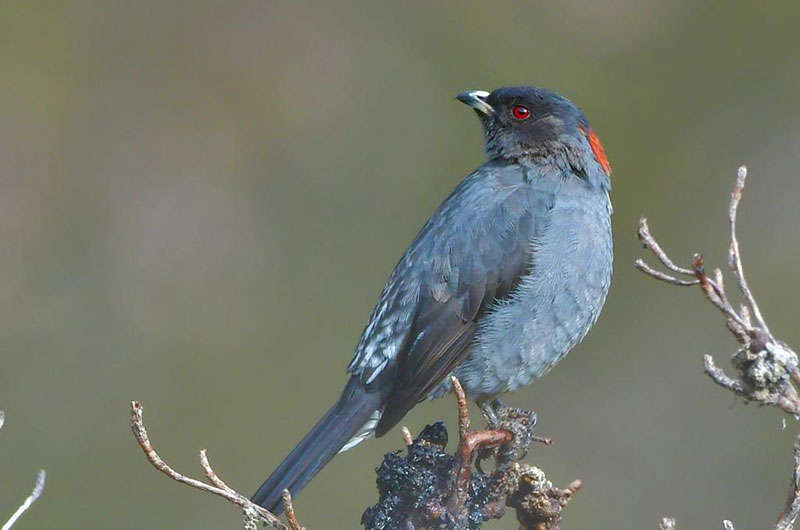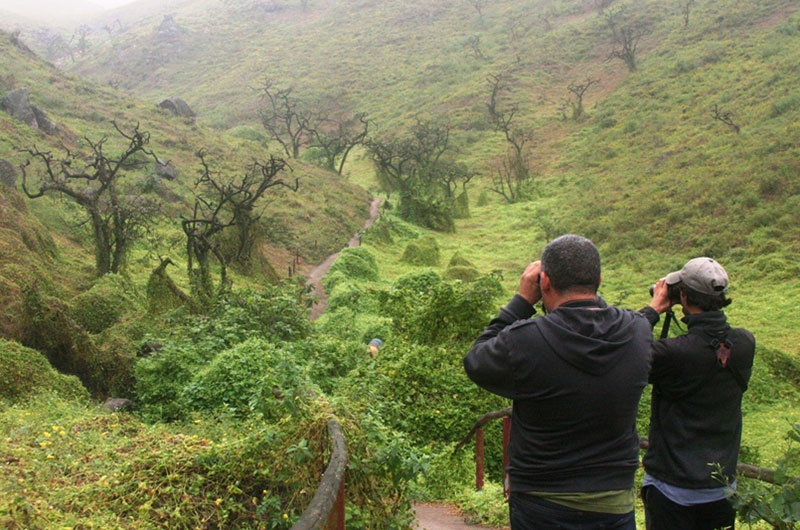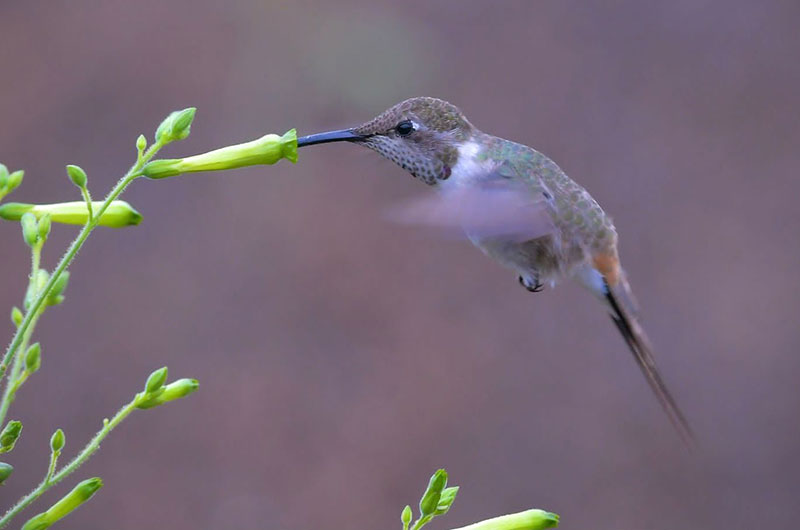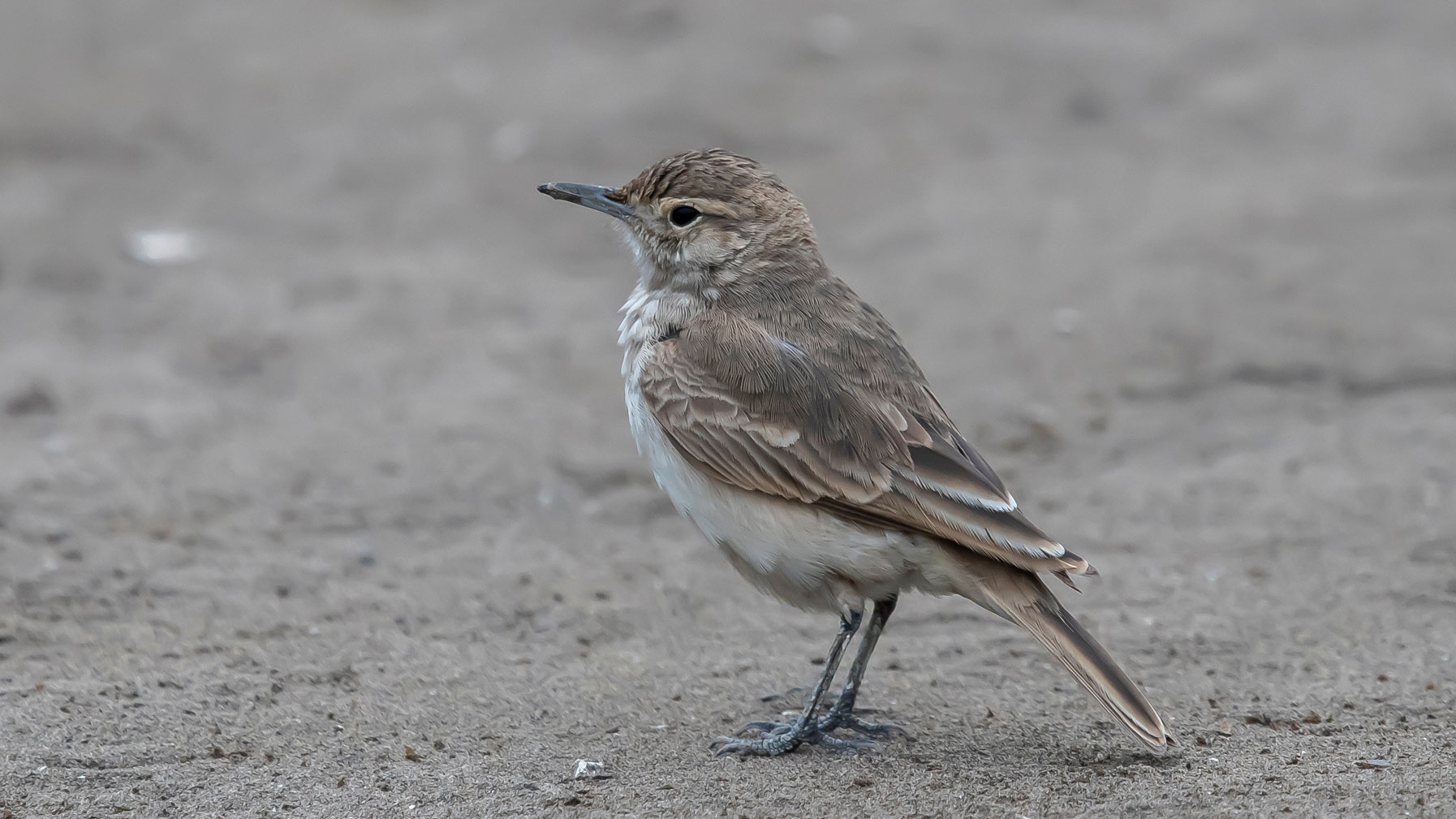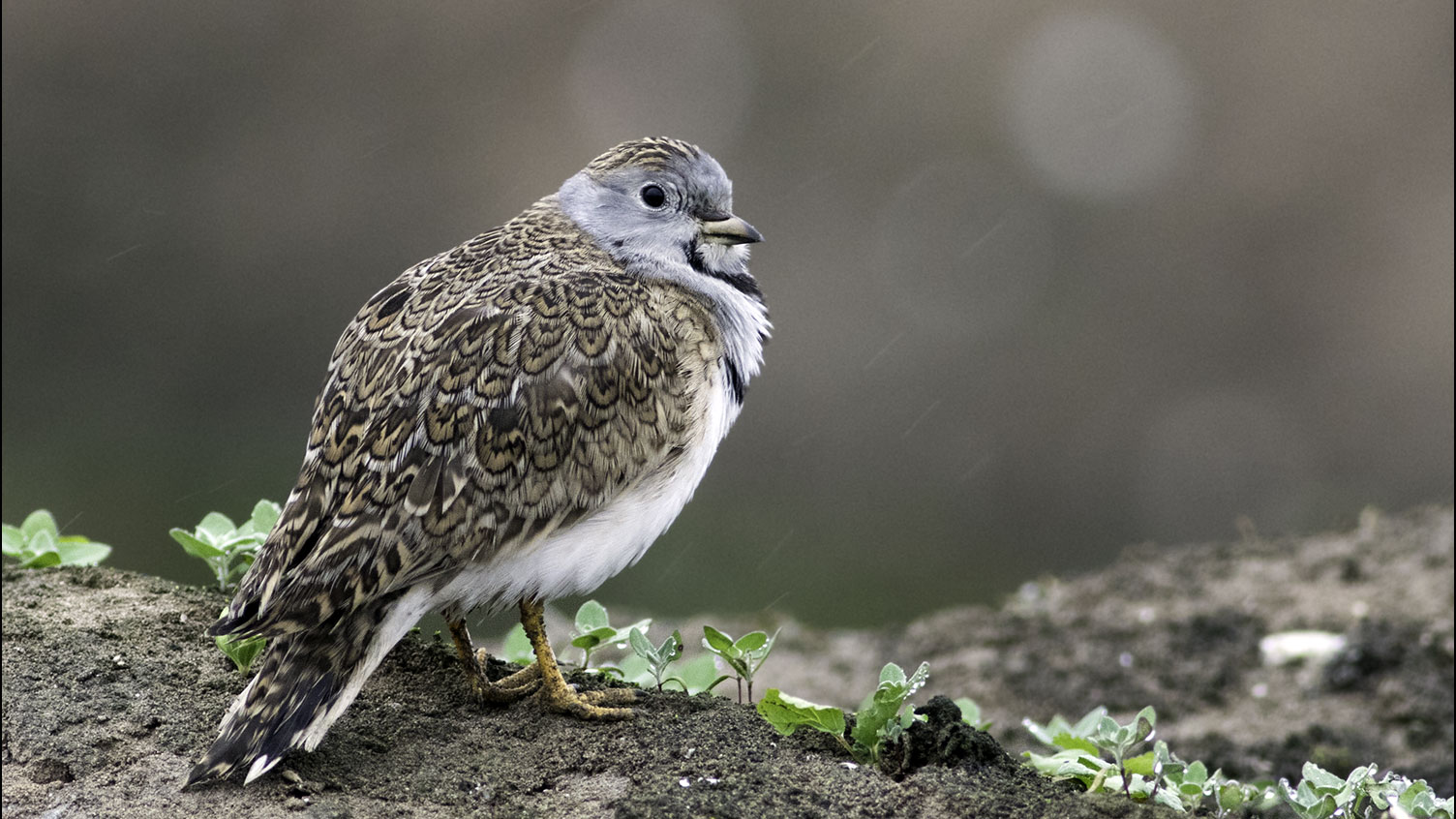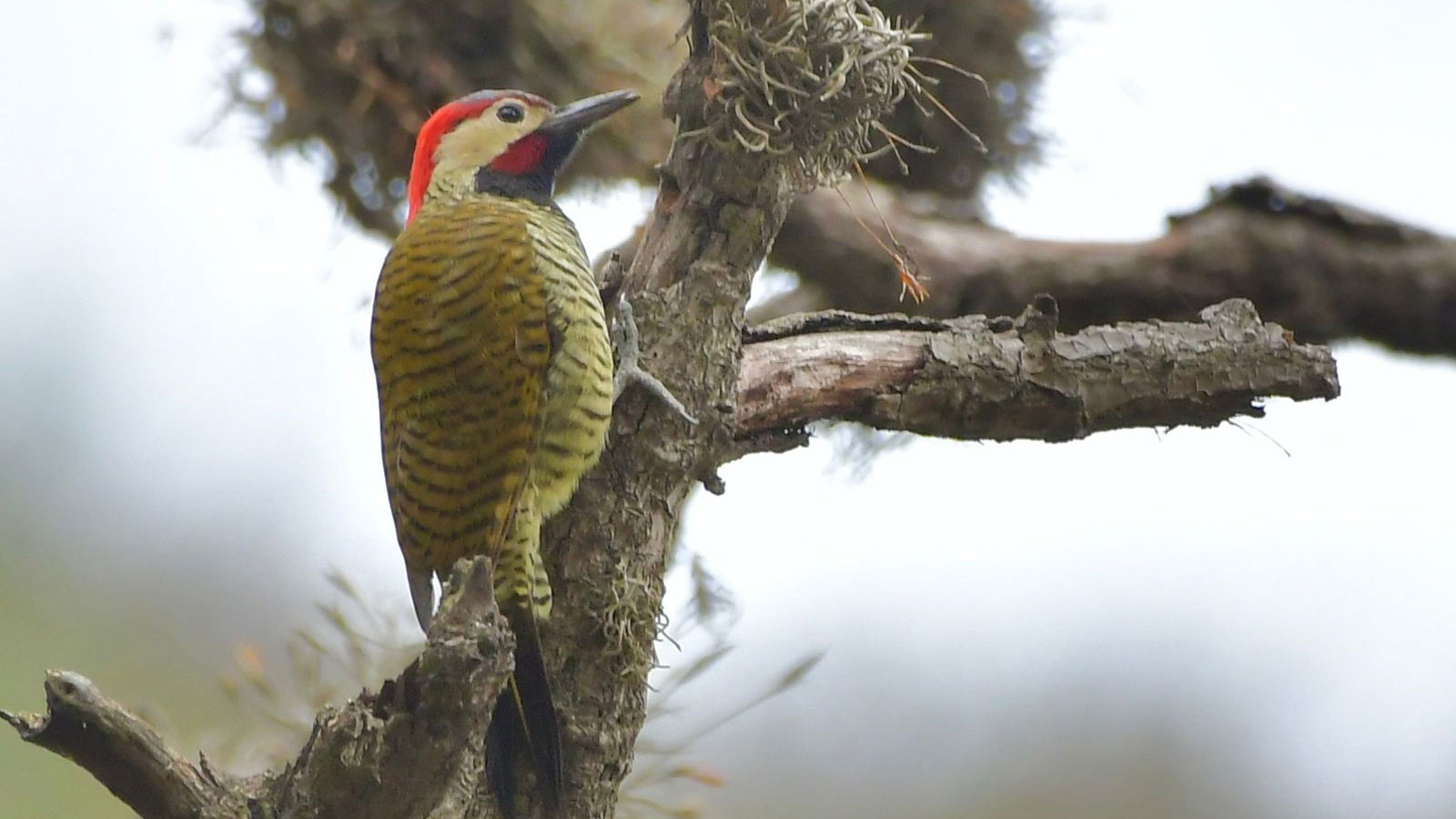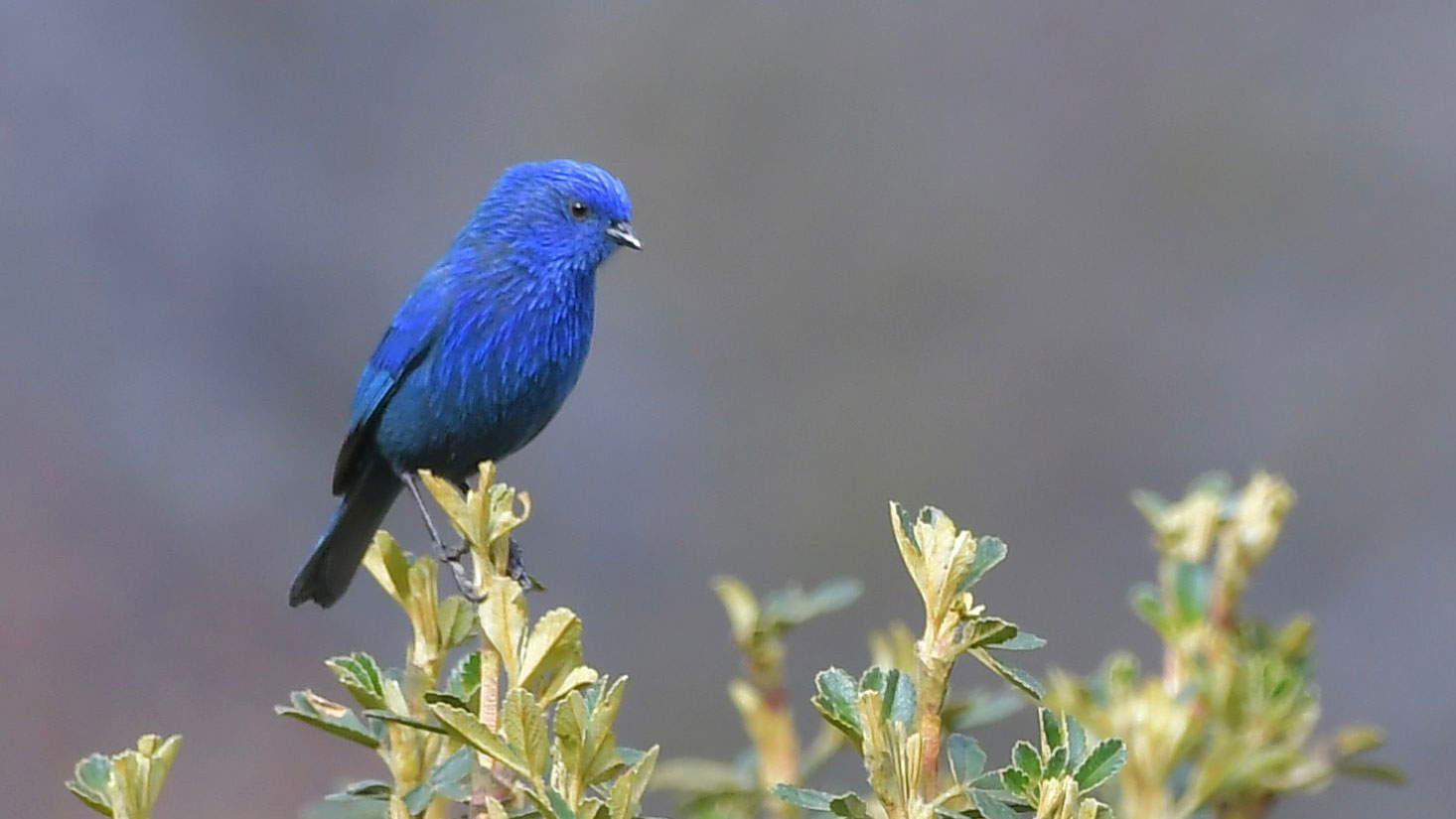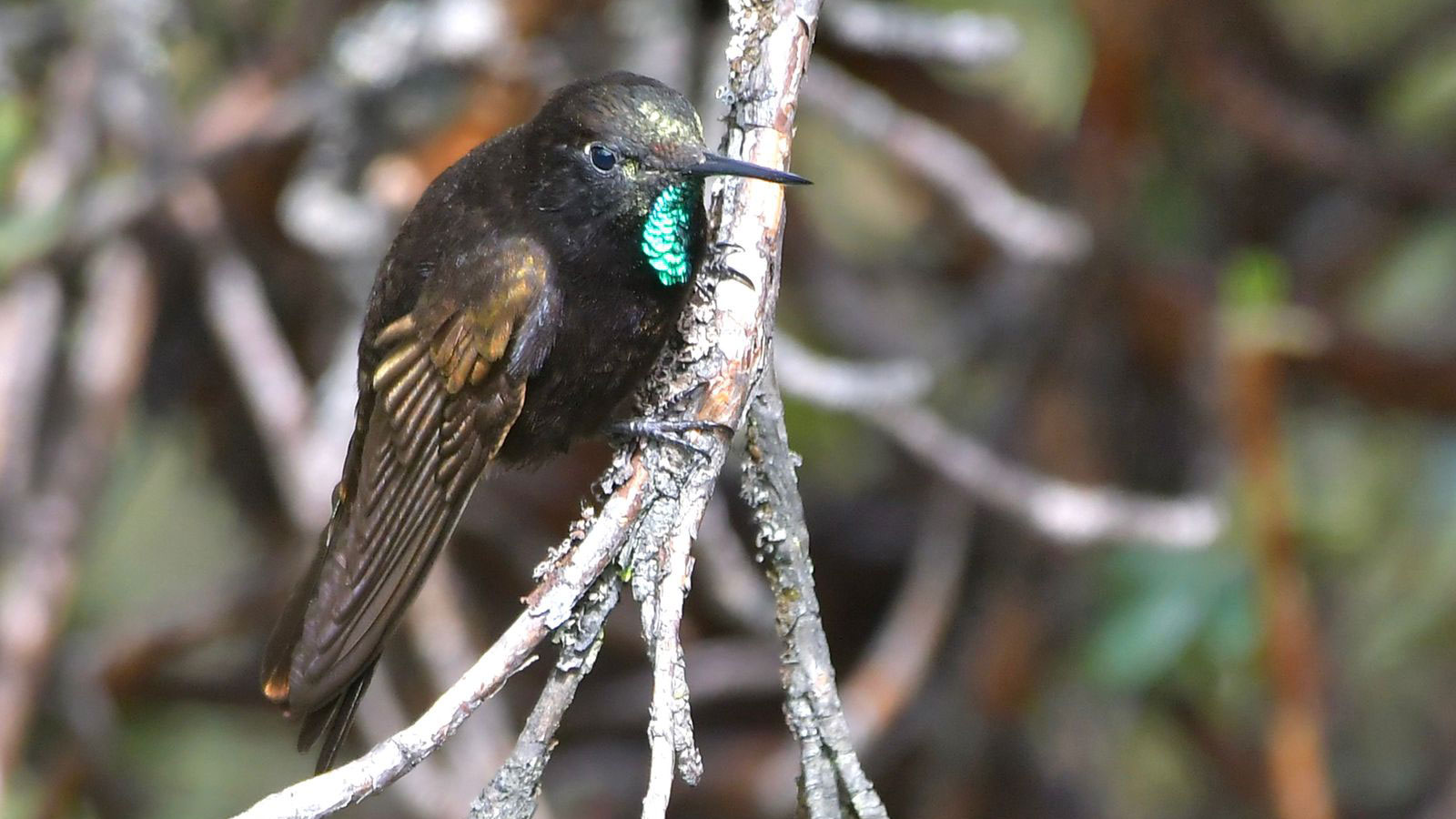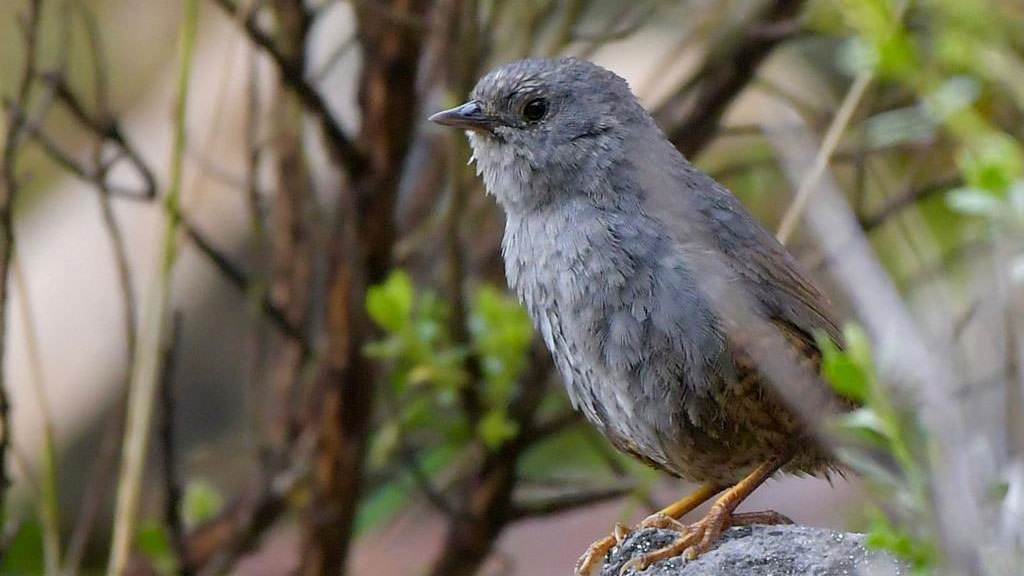Birding in Lima: Lomas Ecosystems and Andean Foothills – Polylepis Forest
Two very unique ecosystems found north of the city of Lima, with the possibility of registering specialized birds in restricted habitats in a short period of time
Lomas Ecosystems – Day 1
We start our tour early in the morning to avoid rush hour and we head directly to our first stop near the entrance of Huaral Town. Peruvian coastal hills ecosystems are protected by law, and currently theres several sites along the coast that are now being manage by the local and regional authorities. These natural formations have a unique and interesting vegetation that depends solely on the water that comes from and originates from the humid mists that form in the ocean, 8km away.
Coastal Miner @ Andrew Fix
When these mists reach the coast, they collide with the hills at a height of between 150-700 meters above sea level, creating an oasis of very unique beauty in the middle of one of the driest deserts in the world.
Least Seedsnipe@ Jean Paul Perret
The first section of observation in both sites will be done from the vehicle and the second would be walking using the trail system that accesses these incredible and unique habitats. Other species that we can find in addition to those already mentioned are: The Least Seedsnipe (Thinocorus rumicivorus), the endemic Raimondi´s Yellow-Finch (Sicalis raymondi), some birds of prey such as the Black-chested Buzzard-eagle (Geranoetus melanoleucus) and the Variable Hawk. (Buteo polyosoma). When it is flower season, Las Lomas is a good destination to observe some hummingbirds, such as the Oasis Hummingbird (Rhodopis vesper), the Peruvian Sheartail (Thaumastura cora), and the Purple-collared Woodstar (Myrtis fanny).
Black-necked Woodpecker @ Dennis Osorio
After lunch and covering all the species present during that season of the year in the Lomas, we will go to the last stop of the day where we will spend the night. The gardens that surround the lodge offer the opportunity to observe some other birds before the end of the day, such as the endemic Peruvian Woodpecker or Black-necked Woodpecker (Colaptes atricollis).
Polylepis Forest – Day 2
We leave very early after breakfast towards the Polylepis forest known locally as Queñuales forest. These forests, which are made up of trees and shrubs, constitute one of the most vulnerable ecosystems in the High Andes.
Tit-like Dacnis @Dennis Osorio
Those patches of forest that we will visit in this locality will be found around 3,800 to 4,100 meters above sea level. At this point we will observe two species of Cotinga, the endemic White-cheeked Cotinga (Zaratornis stresemanni) and the Red-crested Cotinga (Ampelion rubrocristatus). Other species that can be observed here are the Striped-headed Antpitta (Grallaria andicolus), the Giant Conebill (Conirostrum binghami), Tit-like Dacnis (Xenodacnis parina), and the endemic Rusty-crowned Tit-spinetail (Leptasthenura pileata). Some hummingbirds are common, such as the Giant Hummingbird (Patagona gigas) and the Shining Sunbeam (Aglaeactis cupripennis). From the Low pass you can already see the Andean Condor (Vultur gryphus) and other local specialties.
Black Metaltail @Dennis Osorio
Before starting to descend and begin our return to the city of Lima, we will visit a high Andean lagoon to increase our list of species. Lunch on the way.
Ancash Tapaculo @Dennis Osorio
Weather
The Peruvian coast is located in the middle of one of the driest deserts in the world, the Atacama desert. Despite that, during the winter months (June to November) the atmosphere is saturated with high levels of humidity due to the condensation caused by the cold Humboldt current. Rains are very uncommon here (except during “El Niño” events), but drizzle is present almost every day during the winter months. Temperatures ranges from 30°C (86°F) during the austral summer (December to March) to 13°C (55°F) from June to November.
The western slopes of the Peruvian Andes have to defined seasons, rainy and dry season. The rainy season goes from December to March and the dry season from April to November. Temperatures along the road and close to the Polylepis forest goes from 6°C (43°F) during the early hours of the day, but they soon increase to 25°C (77°F) before midday.
Recommendations
- Dress in layers, a rainproof jacket, fleece jacket and a T-shirt or a longsleeve shirt is a good combination.
- Between April and December sunny days are very common. Bring something to cover your head as the UV factor along the Peruvian Andes is very high. Also a sunblock with good UV protection is important.
- If you suffer from any medical condition that requires special attention please let us know before hand.
- To avoid altitude sickness (if is the case) we are driving the first day from 300 meters to 10,800 Ft above sea level (3,300masl) where we stay for overnight. Next day we continue slowly and making a few stops on the way before reaching the low pass at 13,400 Ft (4,100masl). Therefore acclimatization occurs gradually to help bad feelings. In any case, anticípate if there is a need to take any medication.
- If you are vegetarian or have any food allergies please let us know so we can include other items in the box lunch.
Prices
1 PAX US$ 1,300 per person
2 PAX US$ 700 per person
3 PAX US$ 490 per person
4 PAX US$ 400 per person
5, 6, 7, 8 or 9 PAX US$ 330 per person
Prices include
- Private transportation.
- Naturalist interpreter – expert bird guide.
- Reservation tickets
- Meals.
- Snacks.
- Overnight at a local hotel
- Bottle of water.
Prices does not include
- Tips.


